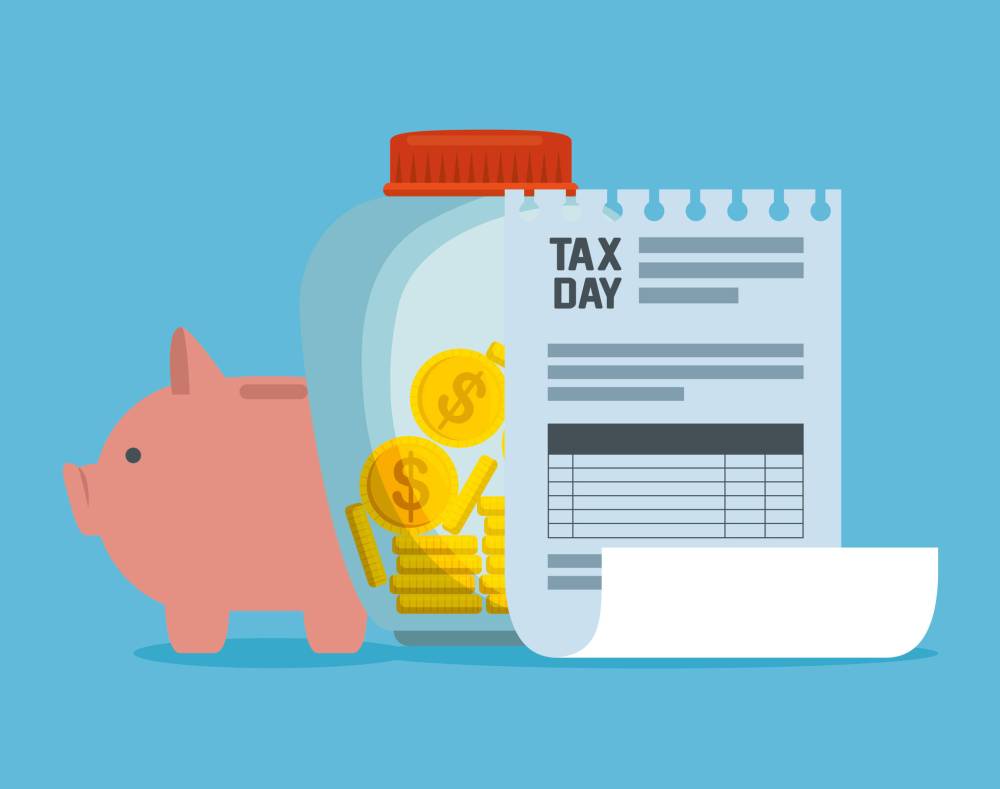Hacks for tax
February is ideal time to test run returns for maximum efficiency, potentially reducing taxes owing — with couple of twists unique to 2024
Advertisement
Read this article for free:
or
Already have an account? Log in here »
To continue reading, please subscribe:
Monthly Digital Subscription
$0 for the first 4 weeks*
- Enjoy unlimited reading on winnipegfreepress.com
- Read the E-Edition, our digital replica newspaper
- Access News Break, our award-winning app
- Play interactive puzzles
*No charge for 4 weeks then price increases to the regular rate of $19.00 plus GST every four weeks. Offer available to new and qualified returning subscribers only. Cancel any time.
Monthly Digital Subscription
$4.75/week*
- Enjoy unlimited reading on winnipegfreepress.com
- Read the E-Edition, our digital replica newspaper
- Access News Break, our award-winning app
- Play interactive puzzles
*Billed as $19 plus GST every four weeks. Cancel any time.
To continue reading, please subscribe:
Add Free Press access to your Brandon Sun subscription for only an additional
$1 for the first 4 weeks*
*Your next subscription payment will increase by $1.00 and you will be charged $16.99 plus GST for four weeks. After four weeks, your payment will increase to $23.99 plus GST every four weeks.
Read unlimited articles for free today:
or
Already have an account? Log in here »
Hey there, time traveller!
This article was published 01/02/2025 (317 days ago), so information in it may no longer be current.
February is a good time to start spring financial cleaning, at least for tax filing come April. After all, the RRSP deadline — March 3 — approaches.
And if you’re trying to figure out whether to make an additional contribution to reduce taxes owing or boost your refund, this month is perfect to trial run your return for a clearer picture of the benefits of an additional contribution.
“There are factors that come into play,” says Aurèle Courcelles, assistant vice-president, tax and estate planning at IG Wealth Management in Winnipeg.
RRSP contributions are not the best move for everyone — especially younger earners starting their work lives. Additional contributions may result in a larger tax refund.
Yet, for them, contributions to a Tax-Free Savings Account may make more sense to take advantage of compounding, tax-free growth.
Later on, when earning more and paying higher taxes, they can transfer the TFSA money to the RRSP and get a sizable deduction, he adds.
RRSP contributions aside, the 2024 return also has two unique twists.
One affects a sliver of the tax-paying population (though quite substantially), while the other can have a beneficial impact for every tax-paying Canadian.
Complication with a complication
Last year, the federal government announced an increase to the inclusion rate for taxation on capital gains from investments held outside registered accounts.
Normally, only 50 per cent of a taxable capital gain is subject to taxes. So if you make $100 when selling an investment in a non-registered account (i.e. not an RRSP or TFSA), only 50 per cent of that profit is subject to taxes at your marginal rate.
The feds changed that rule starting post-June 24, whereby capital gains exceeding $250,000 in the calendar year for any individual (or corporation) would have an inclusion rate of 66 per cent.
Some Canadians with large, unrealized taxable gains on investments sold assets before June 25 to still get the 50 per cent inclusion rate.
Yet, others who, for whatever reason, had to sell last year after June 25, face a dilemma.
Do they pay tax based on the higher inclusion rate? Or do they pay based on the previously lower inclusion rate?
“The issue is the law — the tax legislation (for the higher inclusion rate) — hasn’t been passed by parliament,” says John Oakey, Chartered Professional Accountants of Canada vice-president of taxation in Dartmouth, N.S.
That legislation effectively died on the order paper when Parliament was prorogued more than three weeks ago.
Yet, Canada Revenue Agency had been following a “longstanding tradition” of provisionally implementing the rules before they officially became law.
“It’s a non-statutory rule that says if something is introduced with regard to tax measure in a notice of ways and means motion, then the consideration is that the rules take effect … even though it’s not currently law,” Oakey adds.
In January, CRA stated this intent, “but there is still uncertainty right now whether these rules will be legislated,” Courcelles says.
But the situation is fluid. On Friday, the feds announced the capital gains inclusion increase will not take effect until 2026. It’s unlikely the change will ever come into law, given the current Liberal government is likely to fall in the spring and the expected election outcome favours the federal Conservatives —who are against the increase.
The shifting sands around this tax rule — which may or may not be impactful, albeit for a sliver of the Canadian population — point to the need for professional tax advice, says Tannis Dawson, vice-president, high net worth planning at TD Wealth in Winnipeg.
“It’s complicated at best,” she says, adding even experts are challenged to keep up.
Unique deduction for all taxpayers
One notable tax deduction only available for the 2024 tax file is an extension for charitable donations until the end of February.
“If you do a draft return before the end of February, you can then determine whether you have tax owing or are slightly into a higher bracket, and then you can consider a donation to save taxes in April,” Dawson says.
Nataliya Vaitkevich / Pexels nfioeja ofje oifjaewio fjaweiofjaoewf
Normally, donations are applicable only for the tax year they’re made up to Dec. 31. Yet, because of the Canada Post strike, the government extended the donation period for the first two months of this year.
Dawson says individuals making cash, cheque or credit card donations in the first two months of this year can choose to deduct those from last year’s taxes or they can hold off and use them for 2025 as usual.
The only donations that do not qualify for the 2024 file made this January and February are in-kind donations (i.e. stocks and real estate directly donated to a charity).
Of course, if you’re uncertain about this, too, ask a tax professional.
Joel Schlesinger is a Winnipeg-based freelance journalist
joelschles@gmail.com









